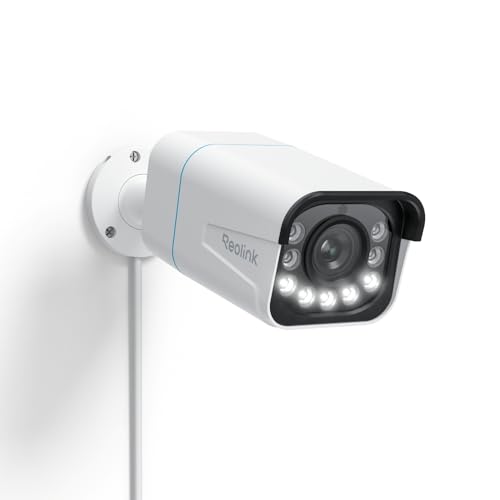
Have you ever encountered a situation where your iPhone camera flash is disabled and you’re left wondering why? The flash on your iPhone’s camera is a handy feature that can help you capture better photos in low-light conditions. However, if the flash is disabled, it can be frustrating and limit your photography options. There are several reasons why your iPhone camera flash may be disabled, and understanding these reasons can help you troubleshoot the issue and get your flash working again.
One common reason for the iPhone camera flash being disabled is that the flash settings are turned off. This can happen if you accidentally turned off the flash or if the flash settings were changed in the camera app. By checking the flash settings in the camera app, you can easily enable the flash and start using it again.
Common reasons why your iPhone camera flash is disabled
There are several common reasons why your iPhone camera flash may be disabled:
1. The flashlight function is disabled in the Control Center.
2. The camera app is not allowing the flash to be used.
3. The iPhone’s software needs to be updated.
4. The flash is overheating and needs time to cool down.
5. There may be a hardware issue with the flash itself.
6. The battery level is too low to support the flash function.
Software update may cause flash disablement
One possible reason why your iPhone camera flash is disabled could be due to a recent software update. Sometimes, when Apple releases a new iOS update, it can cause certain features or settings to behave unexpectedly. This could include disabling the flash on your camera. To resolve this issue, you may need to check for any available software updates and install them on your iPhone. Updating your device to the latest software version may help restore the functionality of the flash on your camera.
Hardware issues can lead to flash being disabled
There are several hardware issues that could cause your iPhone camera flash to be disabled. Here are some common problems:
1. Hardware damage
If your iPhone has suffered physical damage, such as a drop or impact, it could affect the camera flash functionality. Damage to the flash module or other components could lead to the flash being disabled.
2. Loose connections
Sometimes, the connections between the flash module and the iPhone’s motherboard can become loose over time. This can result in the flash not working properly or being disabled altogether. Checking and reseating the connections may solve the issue.
Phone settings may disable the camera flash
If your iPhone camera flash is disabled, it may be due to the settings on your phone. Check the following settings to ensure that the flash is enabled:
1. Flash settings
Make sure that the flash is turned on in the camera app settings. You can usually find this option within the camera app itself.
2. Do Not Disturb mode
If your iPhone is in Do Not Disturb mode, the camera flash may be disabled to avoid interruptions. Disable the Do Not Disturb mode to enable the flash.
Camera app malfunction could disable the flash
One possible reason why your iPhone camera flash is disabled is due to a malfunction in the camera app itself. If the camera app is not functioning properly, it may not activate the flash when needed. In this case, try restarting the camera app or restarting your iPhone to see if that resolves the issue. If the problem persists, you may need to update the camera app or seek assistance from Apple Support to troubleshoot the issue further.
Low battery levels may disable the flash
If your iPhone camera flash is disabled, it could be due to low battery levels. When your device is running low on battery, certain features such as the flash may be disabled to conserve power. Make sure to charge your iPhone to ensure that the flash function operates properly.
Overheating of the phone can disable the camera flash
Overheating of your iPhone can lead to various issues, including the disabling of the camera flash. When your phone gets too hot, it may automatically disable certain features to prevent further damage. The camera flash is one component that may be affected by overheating.
To prevent overheating, make sure to avoid exposing your phone to direct sunlight for extended periods, refrain from using it in high-temperature environments, and consider removing any protective cases that may trap heat. Additionally, closing unnecessary apps and reducing screen brightness can help manage your phone’s temperature.






